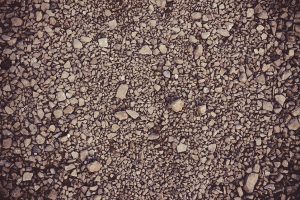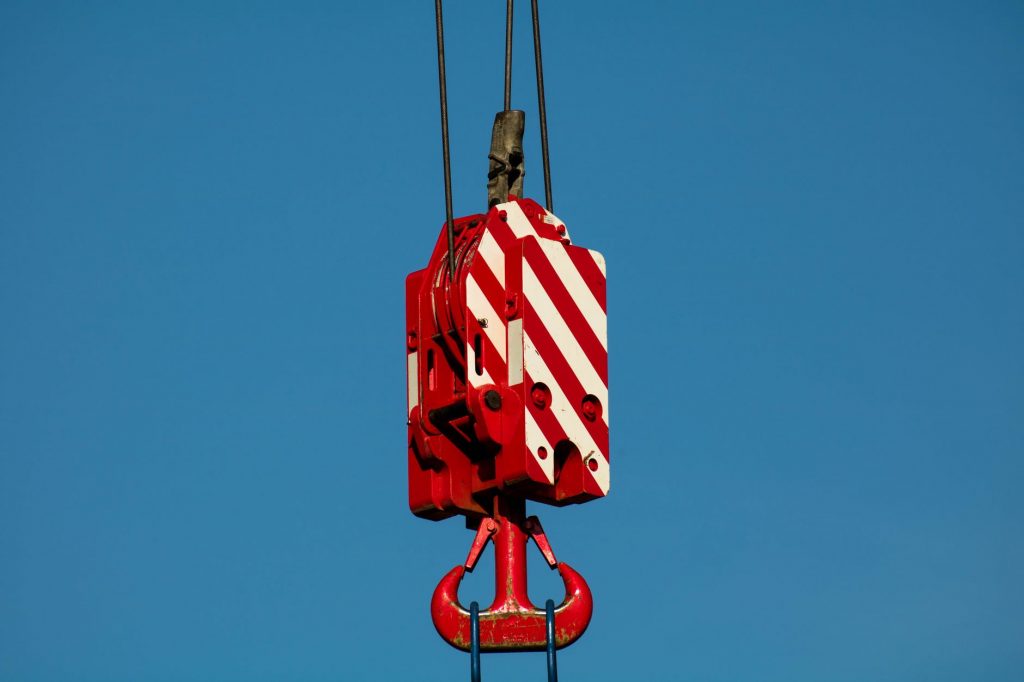An underground piping system is the most commonly used technique in concealing drainage pipes. This method is preferred by a majority of people for a number of reasons. One is that it improves the aesthetic value of the property by hiding pipes that would rather be dangerously exposed. In as much as having an underground drainage system may be effective, it has a few shortcomings. This is evident in the amount of work involved in fixing a broken pipe that is buried under the soil. Here is the process of excavating the soil to fix plumbing Damages.
Locate the damage
Digging through soil can be messy but it can be messier if you dig the wrong spot. It is therefore recommended that before you start the excavation you must have an exact idea of where the damage is. If you feel that it is needed, do not hesitate to go for an engineering consultation early in the process. This will give you a good grasp on what to do and what not to do during the process. Any problems that might surface further along the way might cost more than preventing them from happening. But since we are dealing with soil pinpointing the area of damage is fairly easy especially if it is a case of a broken pipe.
If it is a water pipe then you are most likely to notice certain sections of the property having grass that is rapidly growing and is greener than the other sections. Other signs may include the formation of small water pools around the area that has the damage and in worst-case scenarios flooding. Sewer pipes can be worse; it can range from foul smells to waste build up in the damaged areas. These are just but some of the observable signs that you can use to locate the damage.
In other instances, the damage may be so hidden that none of the signs mentioned above will be helpful in locating the problem. In such cases, it is advisable to carry out a CCTV drainage survey or by using a drain camera to know which section of the system has been affected. After you have located the problem you can now proceed to the next step.
Start Excavating
The next step is somehow complex as it requires a bit of experience and expertise. A lot of care should be taken when digging out the soil; this is to avoid causing further damage that may result from hitting the pipes with the excavation tool.
With this in mind, it is therefore good to know the exact depth at which the pipes are fixed. The material that each pipe is made of may also determine the types of tools used and how the excavation is carried out. After being in the soil for so long clay and concrete pipes are most likely to have camouflage properties which may make them hard to see. Metal and plastic pipes are no exception as they are also likely to change color as a result of the harsh conditions in the soil.

Another thing worth noting during the excavation is that the soil should be kept since it will be used to fill up the hole after the damage is repaired. This will limit the need to dig other parts of the compound in order to get the soil to fill up the hole.
Replace the damaged parts
After removing the soil you will be able to carry out a detailed assessment of the damage in question. Depending on the results you can now start the drains repair process using the method that best suit the drainage problem that you are dealing with. If it is a broken pipe you have to carefully cut out the damaged area after measuring.
The measuring is done to ensure that you have the right length of the replacement part. In addition, it will aid in making the point of connection airtight thereby eliminating the possibility of future leakage. Plumbing glue can be used in the case of PVC pipes to make the connecting parts stronger. Finally, refill the hole using the soil that was previously dug out, which we will talk about in the next section.
Backfilling the hole
Backfilling is the process of putting the dirt back into a trench or base once excavation, and also the associated work was completed. The backfill procedure requires abilities and heavy equipment as well as knowledge of their specifications, contract requirements, and soil requirements. Each subject of soil has exceptional characteristics, requiring different construction techniques to ensure optimum functionality. Generally, construction contractors are required to have this knowledge in their arsenal.
Additionally, backfill crews must take care to reduce effect loading of any pipeline, shaft, structure, cabling, or other buried elements when placing and compacting backfill. There are a couple of common methods of backfilling and compacting backfill. Filling and compacting trenches for utility lines involves specific concerns.
Compacting at Trenches
After soil is backfilled to a trench, the loose material is compacted with some mechanical means, such as a compactor, an excavator, or a “jumping jack”-kind compactor. As a general guide, soils should be compacted to the minimum percentages of maximum dry density as determined by ASTM D698 Method A (Standard Proctor).
Soil is generally backfilled in layers or lifts. The dirt elevator will depend upon the character of the backfill and the compaction equipment that is used. Water may be added throughout the compaction procedure, to assist with compaction. The overall process follows three steps which are repeated until the backfill is reaches grade level:
Backfill in layers of 4 to 6 inches, utilizing non-toxic fill material That’s free of debris packed with a 1,000-pound compactor, or when appropriate, water completely.
